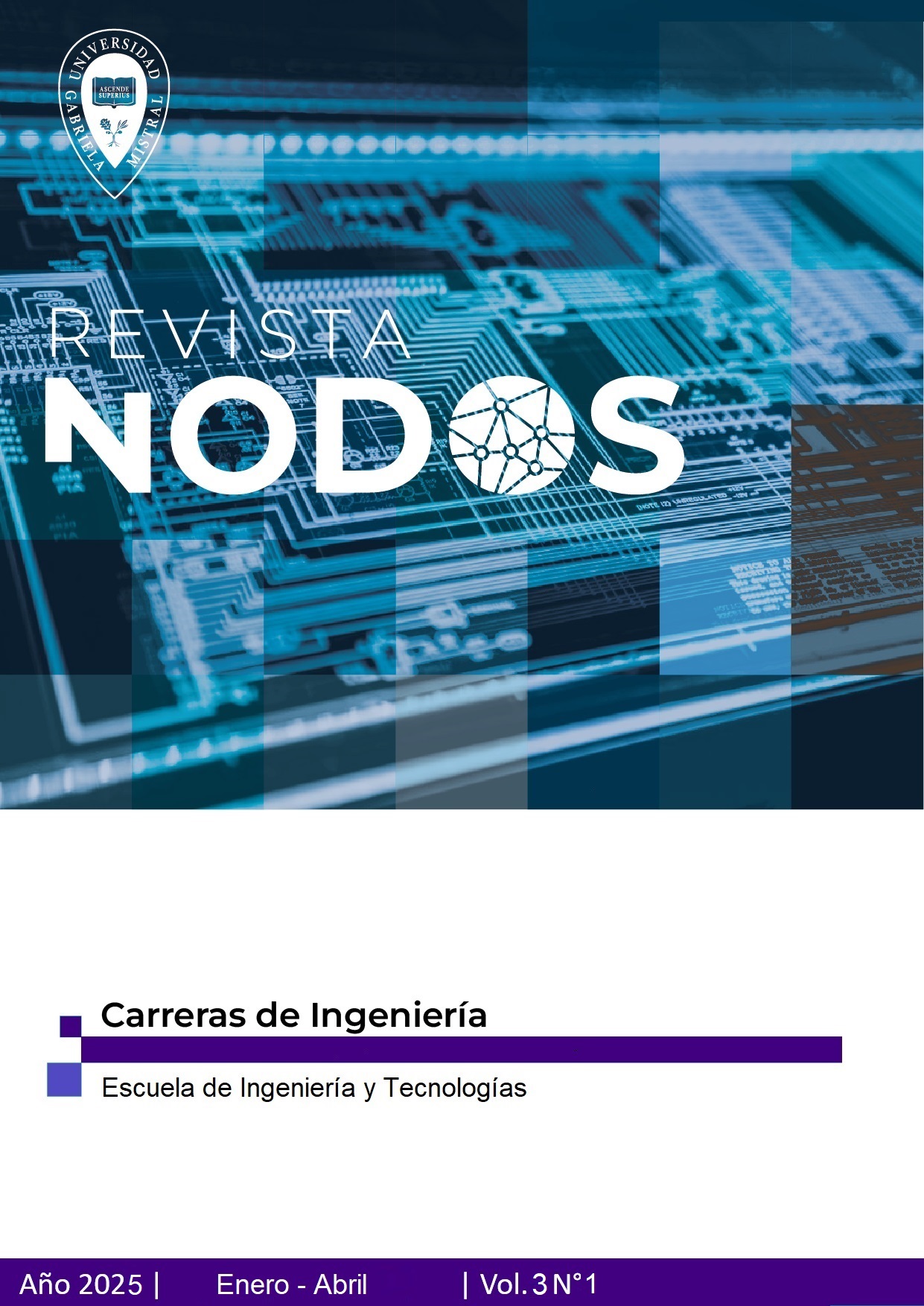ZERO TRUST ARCHITECTURE AS A SECURITY MODEL FOR GLOBAL ORGANIZATIONS DRIVEN BY AI
Keywords:
Zero Trust, Artificial Intelligence, Cybersecurity and StrategyAbstract
This research focuses on reviewing the fundamental characteristics of the Zero Trust architecture and the importance of its implementation in global organizations as a cybersecurity strategy, following an analysis of various perspectives found in readings, articles, and statistics. The NIST (2020) defines Zero Trust as a set of evolving cybersecurity paradigms that shift defenses from static, network perimeter-based models to an approach centered on users, assets, and resources. Based on the principle "Never trust, always verify," Zero Trust assumes that no person, device, or application should be automatically considered trustworthy, even if it is already within an organization’s network. Additionally, the study highlights how artificial intelligence (AI) and Zero Trust work together to enhance threat detection techniques through SIEM tools. The application of AI in Zero Trust environments automates and optimizes threat detection, incident response, and security operations, allowing often-overloaded IT teams to focus on strategic tasks that drive business growth (Joan Goodchild, 2024). Key Zero Trust features are also analyzed, such as multi-factor authentication (MFA), which plays a critical role by adding an extra layer of security through identity verification before granting access (Kate Lake, 2021). Likewise, RBAC (Role-Based Access Control) is explored as a mechanism that enforces the principle of least privilege by assigning only the necessary permissions to each role, ensuring that users have just enough access to perform their duties and nothing more (Greg Lindemulder, 2024). Furthermore, the research examines how companies are prioritizing the implementation of the Zero Trust security model as a key strategy to reduce risks (Gartner, 2024). Finally, the adaptability of Zero Trust in cloud environments is addressed, emphasizing that as organizations continue migrating to the cloud, adopting this model becomes essential for protecting sensitive data and mitigating vulnerabilities (Marc Berman, 2024).





